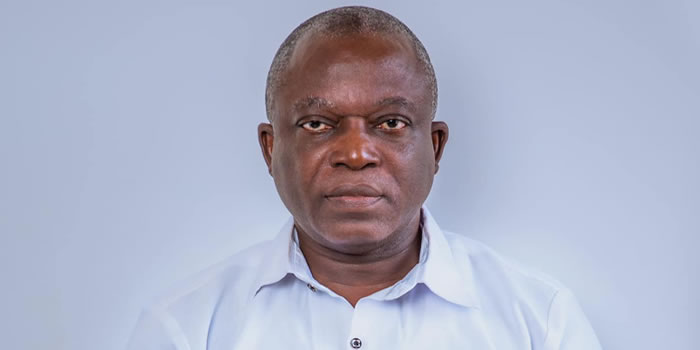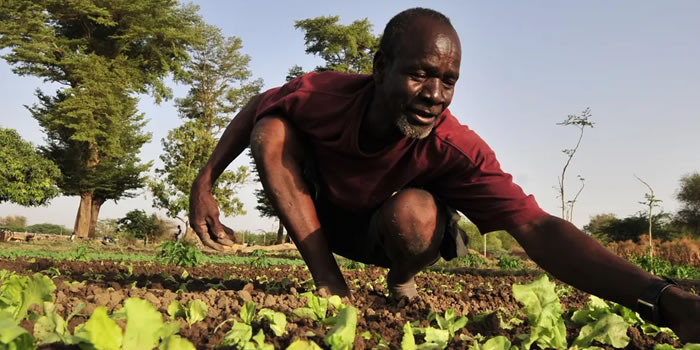

Vulnerability
Introduction
The 2010 PHC defines Persons with disabilities (PWD) as those who are unable to or are restricted in the performance of specific tasks/activities due to loss of function of some part of the body as a result of impairment or malformation (Ghana Statistical Service, 2010). As a result, PWDs face a wide range of life challenges because disability, in whatever form or type, can reduce an individual’s ability to function to his/her full potential. Over the past few decades there has been an international consensus on the recognition of the rights of persons with disabilities with emphasis on the promotion of their dignity, and inclusive development.
The 1992 Constitution of the Republic of Ghana provides for the guarantee of the fundamental human rights of all persons including PWDs. Efforts are being made to integrate people with disabilities into economic activities through improved design of housing and other infrastructure such as transportation, walkways and pedestrian bridges in the country. Notwithstanding these statutes and conventions, PWDs have continued to experience various barriers that prevent their full and effective participation in society on an equal basis with persons without disability. Information was collected on persons with visual/sight impairment, hearing impairment, mental retardation, emotional or behavioural disorders and other physical challenges.
Population with Disability
The population by type of locality, disability type and sex. The Table indicates that 4.8 percent of the District’s population are with one form of disability or the other. The proportion of male population with disabilities is 5.0 percent of while that of females constitute 4.7 percent. Persons with disability in the rural areas (3.5%) are more than those in the urban centres (1.4%) of the district. This may be as a result of the majority of the population living in the rural areas.
The predominant disability in the district is emotional (2.5%) followed by sight and physical disabilities both recording the same percentage of 0.8. Other disability types recorded the least with 0.3 percent. Males with emotional disability (1.7%) are more than females with the same disability (1.5%) in the rural areas. Meanwhile the percentage of males and females with emotional disability in the urban centre are the same, 0.9 percent.
Types of Disability
Types of disabilities recorded in the census include sight, hearing and speech, physical, intellectual and emotional. The distribution of PWDs by locality and type of disability. The commonest disability in the district is emotional (2.5%), thus more than half of the PWDs in the district are emotionally impaired. This is followed by physical and sight disabilities. The variations in type of disability by sex, For instance, while males dominate in emotional, intellectual, speech and other disability types, sight, hearing and physical disabilities are predominant among females in the district.
Distribution by type of locality
People with disabilities in the rural areas (3.5%) are more than those in the urban centres (1.4%) of the district. Males with disability (1.7%) are more than females with disability (1.5%) in the rural areas. The percentage of males and females in the urban centre however are the same, thus 0.9 percent each.More so, among the reported disabilities in the district, emotional is the commonest in both the rural (1.6%) and urban (0.9%) localities. Intellectual, physical and sight disabilities record the second highest percentages of 0.6 each in the rural localities. Other types of disability record the least in both localities with 0.2 percent for rural and 0.1% for urban.
Distribution of Disability by Activity Status
The distribution of PWD aged 15 years and older by economic activity status and sex is presented in Table 6.2. In all there are 38,709 persons 15 years and older in the district, of which 2,349 (6.1%) are PWD. Out of these, 63.3 percent are employed, 1.7 percent are unemployed and 33 percent are economically not active. Although persons with emotional disability category record the highest proportion of the employed (70.4%), it also has the highest share of the unemployed (3.1%) among other types of disabilities. number (2.8%) of PWD who are employed, unemployed (5.0%) and economically not active (4.0%). The proportion of employed males with disability (70.7%) is higher than the females (59.7%), however the unemployment among PWD is higher for females (2.7%) than for males with disabilities (0.8%).
Disability, Education and Literacy
The level of education of persons three years and older with disability. There are 3016 PWD aged 3 years and older in the district and 42 percent have never attended school. Of those who have attended school, about half (45.6 %) have attained basic education (Primary, JSS/JHS or Middle School) and 7.5 percent attained secondary school and higher education. 37.3 percent of males with disability have never attended school compared to 47.4 percent of females. Among the disability types, a higher proportion of those with hearing impairment (59.1%) have never attended school.
Date Created : 11/17/2017 8:26:13 AM








 facebook
facebook
 twitter
twitter
 Youtube
Youtube
 +233 593 831 280
+233 593 831 280 0800 430 430
0800 430 430 GPS: GE-231-4383
GPS: GE-231-4383 info@ghanadistricts.com
info@ghanadistricts.com Box GP1044, Accra, Ghana
Box GP1044, Accra, Ghana